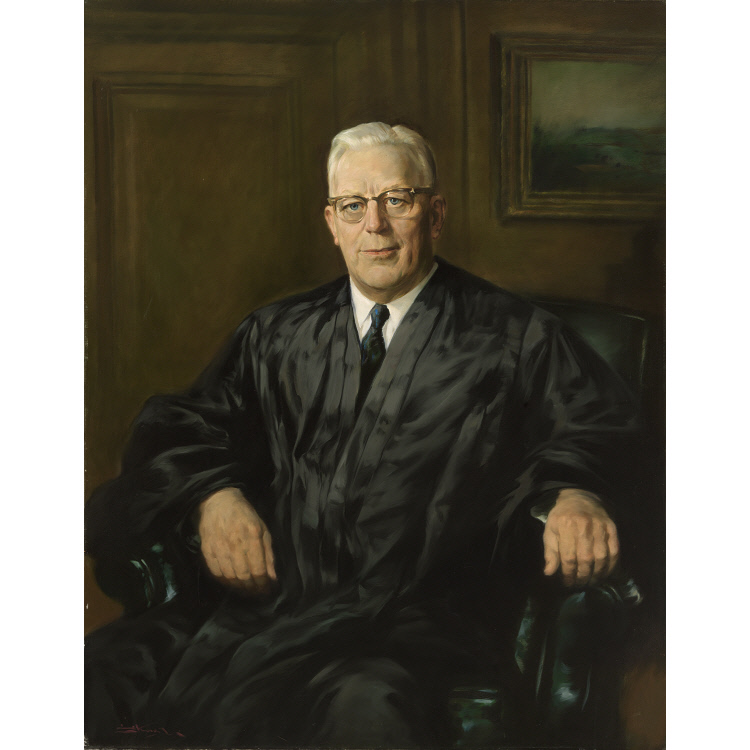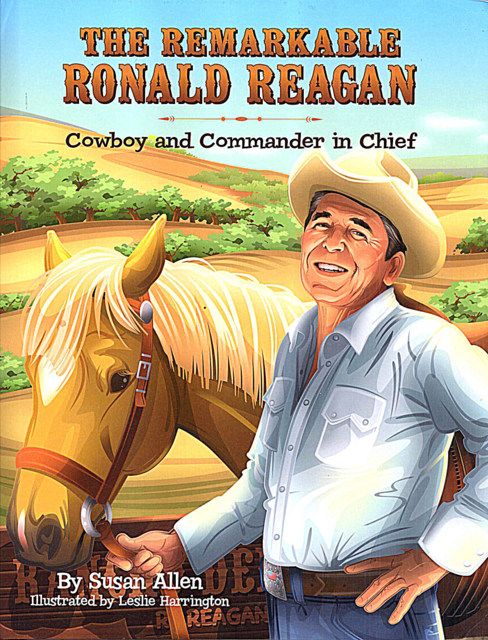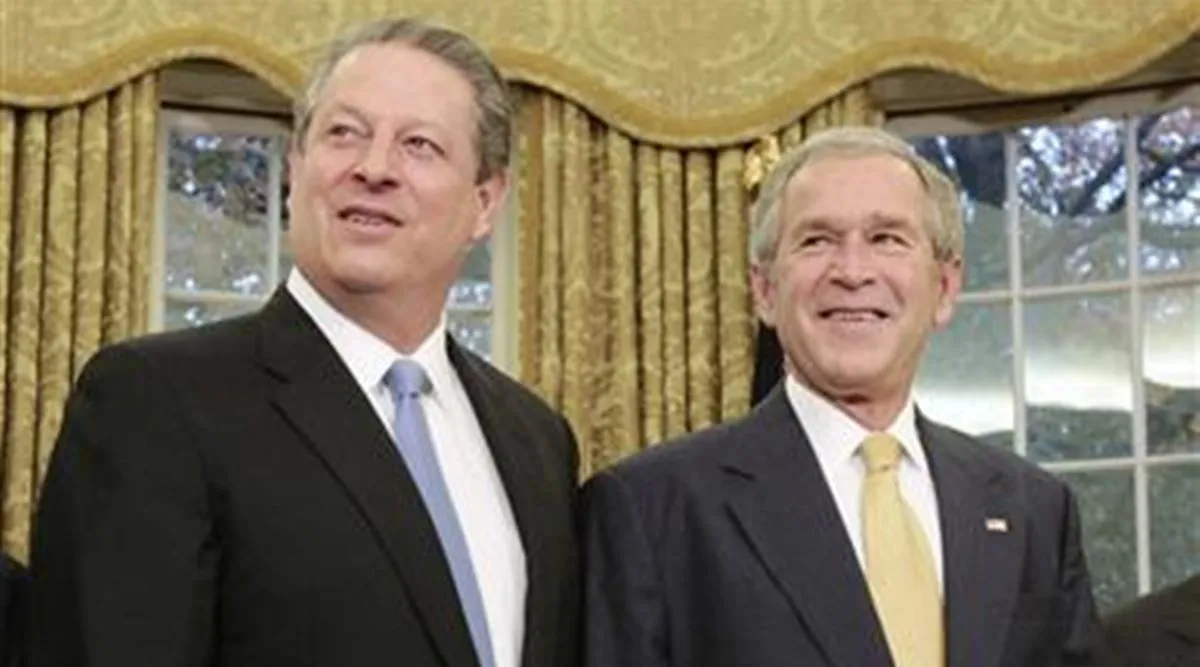
CredEric Lee/The New York Times
By Jamelle Bouie NY Times
The Trump administration believes it can send anyone it wants, without due process or future legal recourse, to rot in a foreign prison.
It has argued as much in court. Lawyers for the Justice Department have asserted the president’s supposedly “inherent” authority to remove foreign nationals from the United States, and the White House is openly defying a court order to facilitate the return of an immigrant living in Maryland and sent, accidentally, to a maximum-security prison in El Salvador.
The immigrant in question, Kilmar Armando Abrego Garcia, is Salvadoran, has lived in the United States since 2011 and was granted protected status by an immigration judge in 2019. He was detained last month by U.S. Immigration and Customs Enforcement agents, accused of membership in MS-13, a Salvadoran gang, and in short order was removed to El Salvador without so much as a hearing.
His family sued the government and, soon after, a Federal District Court judge ordered the administration to return Abrego Garcia to American shores. The Supreme Court upheld that decision in a unanimous ruling that also affirmed the Constitution’s clear guarantees of due process of law.
But the Trump administration won’t budge. Justice Department lawyers deny that the government has any responsibility to get Abrego Garcia home and insist that his removal wasn’t a mistake, although they won’t share the information that might support this claim on the grounds that it is sensitive and thus classified.
The White House has also taken this position outside of the courtroom. On Monday, during a state visit by El Salvador’s president, Nayib Bukele — the administration’s enthusiastic partner in the rendition of immigrants abroad — Secretary of State Marco Rubio declared that “no court in the United States has a right to conduct the foreign policy of the United States,” a tacit assertion that President Trump can ignore court orders requiring Abrego Garcia’s release. Attorney General Pam Bondi said that it was “not up to us” whether Abrego Garcia was returned, and Bukele himself said that “I’m not going to do it,” after incredulously asking how he was supposed to “smuggle” a “terrorist” back into the United States. For his part, Trump rejected calls to bring Abrego Garcia home and raised the possibility of sending “homegrown criminals” to El Salvador, even urging Bukele to construct new prisons for the people Trump hopes to exile there.
Sign up for the Opinion Today newsletter Get expert analysis of the news and a guide to the big ideas shaping the world every weekday morning. Get it sent to your inbox.
More than a constitutional crisis, this is a fundamentally tyrannical assertion of illegitimate power. To claim the authority to remand any American, citizen or otherwise, to a distant prison beyond the reach of any legal remedy is to violate centuries of Anglo-American legal tradition and shatter the very foundations of constitutional government in the United States. It is to reduce the citizens of a republic to the subjects of a king. It is, in the language of the American revolutionaries, to enslave the people to a singular, arbitrary will. It is not for nothing that among the accusations listed in the Declaration of Independence is the charge that the king is guilty of “transporting us beyond Seas to be tried for pretended Offences.”
The president’s rendition program constitutes a profound assault on American freedom as understood for the whole of this nation’s history. At the same time, while contemplating these removals, I am struck by the degree to which they aren’t completely foreign to the American experience.
Here, I’m thinking of the fraught legal status of free Black Americans in the antebellum United States. “The possibility of being kidnapped and sold into slavery was shared by the entire American free Black community, whether young or old, freeborn or freed slave, Northerner or Southerner,” explains the historian Carol Wilson in “Freedom at Risk: The Kidnapping of Free Blacks in America, 1780-1865.”
Editors’ Picks

Is New York Becoming the City That Sleeps?

A Scrappy Pop-Up Restaurant Shuttles From Coast to Coast

A Chicken à la King That’s Actually Fit for a King
Kidnapping of this sort was illegal in most of the states where it took place, but as Wilson notes it was still pervasive, “partly because of the potential for great profits from a successful kidnapping and sale of a free Black into slavery” and in part because “the racism of the majority of American whites rendered it unlikely that kidnappers would be prosecuted to the full extent of the law.”
Know someone who would want to read this? Share the column.
We see both dynamics in the most famous kidnapping case of the era, that of Solomon Northup — dramatized in the 2013 film version of his book, “12 Years a Slave” — a free Black New York man who was seized under false pretenses, drugged and sold south to Louisiana, where he labored as a slave for more than a decade before he could secure the assistance necessary to win his freedom.
It goes almost without saying that it was slavery that made free Black people so vulnerable to kidnapping. As one abolitionist newspaper, The African Observer, noted in 1827, “Where a traffic in slaves is thus actively carried on, and sanctioned by existing laws, those colored persons who are legally free must necessarily hold their freedom by very precarious tenure.” The racial nature of slavery in the United States tied bondage and servitude to skin color. To be Black meant that you could be a slave regardless of whether you were.
It did not help the situation that ceaseless industrial demand for cotton made enslaved people extremely valuable. “By the 1850s,” writes Wilson, “slave prices had soared, with good field hands usually bringing at least a thousand dollars, and some artisans selling for more than twice that amount.”
“As long as slaves brought a good price on the market,” she continues, “there would be people unscrupulous enough to make money in this manner.”
It was not just the market but the lack of full legal status in many of the states where they lived that made Black Americans vulnerable to kidnappers. As the historian Kate Masur shows in “Until Justice Be Done: America’s First Civil Rights Movement, From the Revolution to Reconstruction,” a number of Northern states adopted laws restricting civil and legal rights for their Black citizens. In 1807, for example, Ohio adopted laws that required free Black settlers to register in county courts (for a fee, of course) and obtain a guarantee of good behavior from at least two white landowners. The same laws also forbade them from testifying in cases, civil or criminal, in which one party was white, severely limiting their ability to defend their most basic rights, as Masur writes, “to enforce contracts, secure wages, or obtain justice in criminal cases.” This, too, was tied to slavery and to what it seemed to imply about anyone of African descent.
What does the antebellum kidnapping and sale of free Black Americans to slavery mean for us in the present? How does it relate to the president’s seizure and rendition of immigrants — and soon, perhaps, citizens — to a brutal foreign prison from which Trump has all but said they will not emerge?
Beyond the obvious parallels and similarities, the example of free Black Americans illustrates an important principle of political life. The question of who has rights — and of whose rights are to be respected — is inseparable from our treatment of those on the margins of political life. The mere existence of a group of nonpersons threatens the freedom of those who live within the scope of concern, however far from the center they might be.
Free Black people could not escape slavery. Nor, for that matter, could whites, whose rights to speak freely and gather as they pleased were threatened by the political power of slave owners, who had grown accustomed to dominating others as a way of life. The status of all Americans was, in truth, threatened by the existence of a class of people whose rights could be arbitrarily stripped from them, if they even had rights to begin with.
You cannot restrict unfreedom to a particular class of people. It will metastasize to consume the entire society. This was true of the slave system, where the large majority of people lived in conditions of servitude; it was true of the Jim Crow South, where economic exploitation and political disenfranchisement were the rule for Black and white Americans; and it will be true of our time for as long as we continue on the current path.
As of this writing, a majority of Americans disapproved of Trump’s overall job performance, but about half approved of his handling of immigration and supported his program of deportations. It is hard to know exactly what this means. Americans might believe the White House when it says that the only people affected by the immigration crackdown are people who have broken the law in one way or another — criminals who don’t deserve our sympathy. Americans might be unmoved by the fact that unauthorized entry is only a civil offense, or that most of the people renditioned by the administration have not been convicted of any crime.
Any American who looks at the president’s actions and nods his head in approval is sacrificing his freedom whether he realizes it or not. To allow Trump the authority to seize and disappear immigrants at will is to close the curtain on democracy for citizens, too. You cannot have despotism for some and freedom for others.








/cdn.vox-cdn.com/uploads/chorus_image/image/55483613/113494976.0.jpg)




